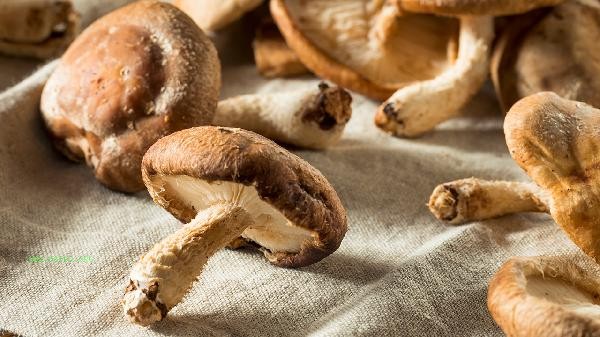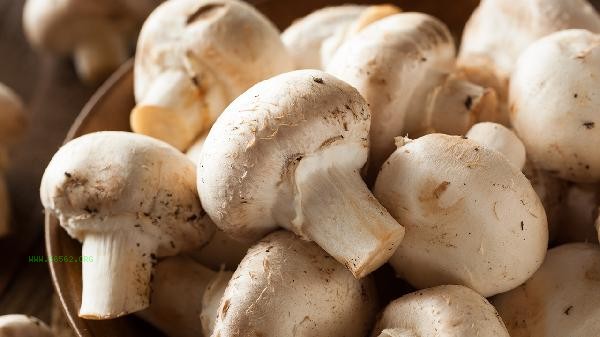Mushrooms with slight mold on the surface are generally not recommended for consumption, and should never be eaten when the mold is severe. Fungal growth of shiitake mushrooms may produce harmful substances such as aflatoxins, which mainly pose food safety risks, decreased nutritional value, digestive system irritation, allergic reaction risks, and potential liver damage hazards.

1. Food safety risks
Fungal mushrooms may breed toxic microorganisms such as Aspergillus flavus, and the aflatoxins produced by their metabolism are heat-resistant and highly carcinogenic. Conventional cleaning and cooking cannot completely destroy toxins, and ingestion may cause acute poisoning. Long term ingestion in small amounts can increase the risk of liver cancer. Visible mold stains often indicate that the mycelium has penetrated deep into the food.
2. Decreased Nutritional Value
Mold growth can break down nutrients such as protein and polysaccharides in shiitake mushrooms, leading to a significant loss of umami substances and vitamins. The metabolites produced during the process of mold growth may alter the acidity and alkalinity of food, causing the texture of shiitake mushrooms to become soft and sticky, and reducing the bioavailability of some mineral elements. After consumption, it is impossible to obtain the nutritional value of normal shiitake mushrooms.
3. Digestive system stimulation
Fungal toxins in moldy mushrooms can directly stimulate the gastrointestinal mucosa, which may cause gastrointestinal symptoms such as nausea, vomiting, abdominal pain, and diarrhea. For people with weak gastrointestinal function, even a small amount of consumption may induce gastroenteritis, causing discomfort such as bloating and bowel sounds, and in severe cases, may lead to disruption of gut microbiota.

4. Risk of Allergic Reactions
Fungal spores are common allergens, and individuals with allergies who come into contact with moldy mushrooms may experience allergic symptoms such as skin itching and urticaria. After inhaling aerosols produced by mushroom mold, some people may experience allergic rhinitis or asthma attacks, and an overreaction of the immune system may lead to more severe systemic allergic reactions.
5. Hidden dangers of liver damage
Fungal toxins such as aflatoxins are mainly metabolized by the liver, and long-term intake of trace amounts of moldy substances may lead to liver cell degeneration and necrosis. Individuals with abnormal liver function have a reduced ability to metabolize toxins, making them more susceptible to liver damage such as elevated transaminase levels and jaundice. In severe cases, this may lead to irreversible lesions such as liver fibrosis.

Dry shiitake mushrooms should be sealed and stored in a cool and dry place for daily storage. Fresh shiitake mushrooms are recommended to be refrigerated and consumed within 3 days. When fluffy mold spots or unpleasant odors are found on the mushroom cap, it should be discarded. For mushrooms with only slight local mold spots, the moldy area and surrounding tissues of more than 2 centimeters can be removed and cooked at high temperature. However, pregnant women, children, and immunocompromised individuals should avoid consumption. It is recommended to regularly check the preservation status of ingredients. Do not consume moldy food with a lucky mentality. Choosing mushrooms with intact appearance and fragrant aroma can better ensure food safety and health.








Comments (0)
Leave a Comment
No comments yet
Be the first to share your thoughts!